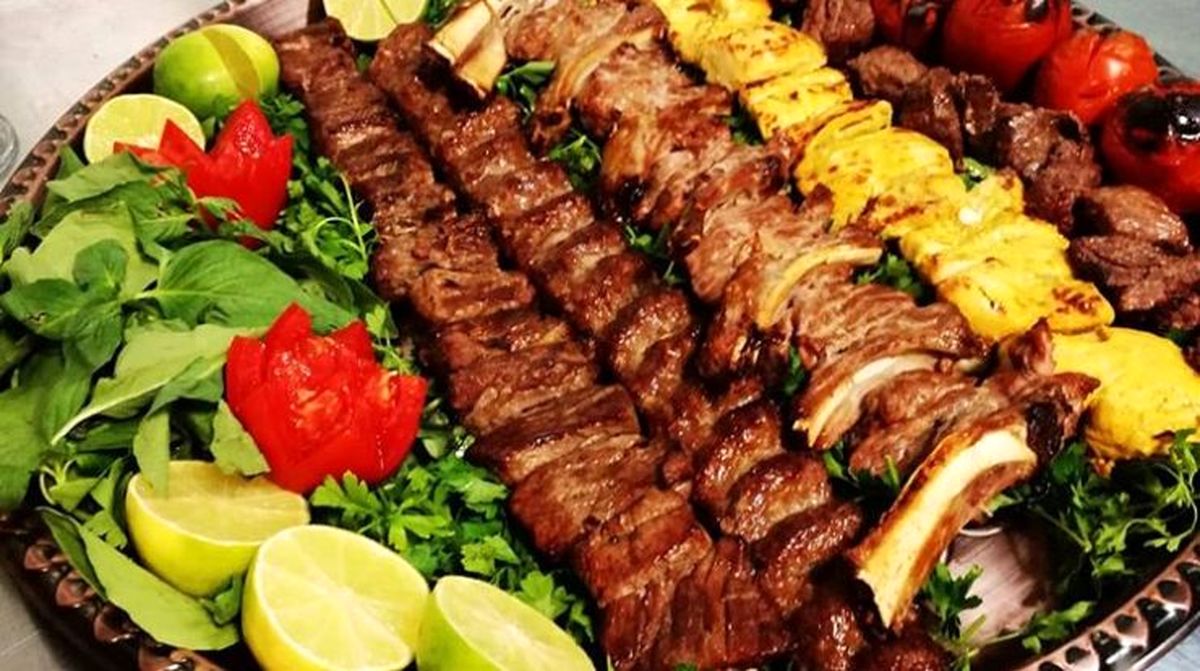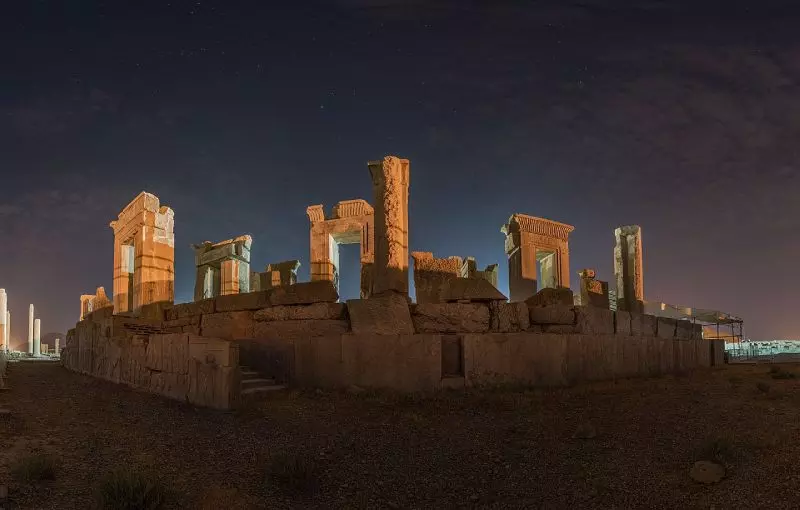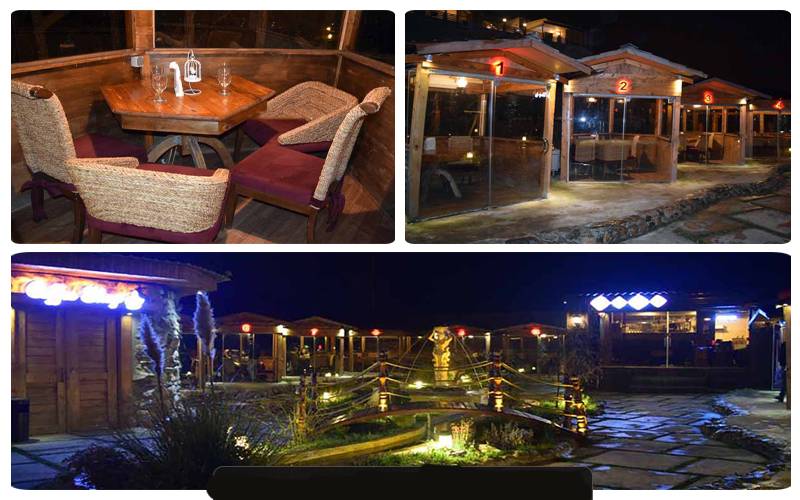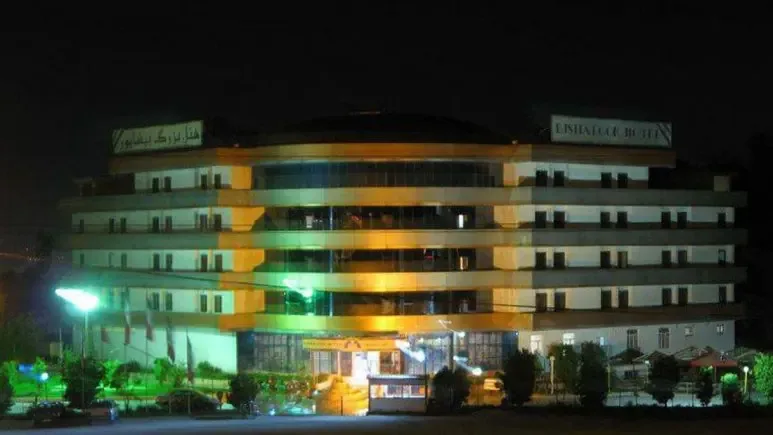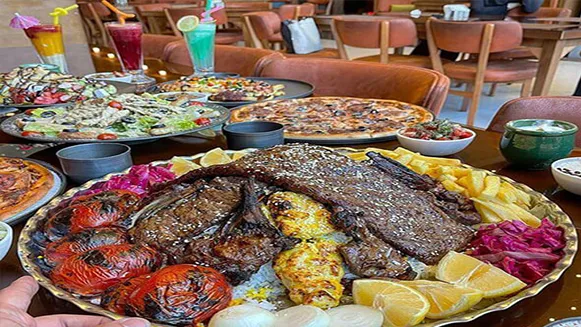14 Famous Iranian Kebabs
14 Famous Iranian Kebabs
This article may be uncomfortable for vegetarians as we will be discussing kebabs—not just one or two, but various types of the best kebabs from all over Iran.
We aim to explore every corner of Iran, visiting places where the aroma and smoke of kebabs fill the air, to taste and savor this delicious food that is visually appealing and tantalizing in flavor and aroma.
Join us in this flavorful and fragrant journey.
Kabab Koobideh
Two skewers of grilled Kabab Koobideh, freshly pulled off the skewer, with sizzling fat. A plate of fragrant, well-steamed Iranian rice topped with a melting piece of butter, two grilled tomatoes, shallot yogurt, juicy quartered onions, and a single green chili—this image is enough to captivate any Iranian.
Kabab Koobideh can be considered the most popular and beloved kebab in Iran, thanks to its tenderness, fat content, and affordability.
The name “Koobideh” comes from the process of pounding and softening the meat in a mortar.
Historical records indicate that although Qajar kings were notorious for their incompetence and loss of territories, they made significant contributions to Iranian cuisine due to their gluttony.
Originally a Caucasian kebab, it was introduced to Iranian chefs by Naser al-Din Shah, a Turk, and transformed into the Iranian Kabab Koobideh.

The First Chelowkebab Restaurant in Tehran
Etemad al-Saltaneh, the Minister of Publications under Naser al-Din Shah, wrote about the first chelowkebab restaurant in Tehran named “Nayeb,” located in Tehran’s bazaar.
Back then, this restaurant served Kabab Koobideh with chelow (rice) and a piece of butter. Their method involved a “chelow-bearer” bringing plates of chelow to the tables, followed immediately by another server who placed the kebab skewers on the plates.
Chelowkebab in Tehran was a noble dish, traditionally eaten with hands.
Interestingly, at that time, customers could eat as many skewers of kebab with their chelow as they wanted, for a fixed price.
From Naser al-Din Shah’s era to the late Qajar period, the price of each serving was four shahi (0.4 rial), with condiments costing about five shahi.
During the first Pahlavi era, the price in the bazaar was 30 shahi (1.5 rials) and in upscale chelowkebab restaurants, it was 2 rials.
Nayeb Gholamhossein
According to the history of Nayeb restaurant in Tehran, it is the oldest and first chelowkebab restaurant in Iran, dating back around 150 years.
Its lineage traces back to “Haj Ali,” Naser al-Din Shah’s personal chef and the creator of chelowkebab in Iran. When young, while on a hunting trip with Naser al-Din Shah, he cooked a dish from game meat that the Shah had never tasted before, receiving unparalleled praise. Later, his son “Nayeb Gholamhossein” established the first chelowkebab restaurant in Iran in the style of modern European restaurants of that era.
Nayeb Gholamhossein, Haj Ali’s son, continued his father’s path, bought five shops in Tehran’s sarraf bazaar, and gradually became known as Nayeb Chelowki.
Golpayegani Kabab
Golpayegani Kabab is distinguished by its freshly minced meat in front of the customer, ensuring the kebab is made from fresh and high-quality meat.
This variety of Kabab Koobideh uses fresh, high-quality meat from Golpayegan’s livestock, with over two centuries of history. The flavor secret lies in the livestock’s grazing environment and the skillful cooking method. Apart from meat, onion, and salt, no other additives are used.
Golpayegan, a city in western Isfahan province, is known for its rich soil, two water-abundant dams, and lush pastures, enhancing its livestock farming quality.
Benab Kabab
Benab Kabab, a popular variety of Kabab Koobideh, is larger in width and length, originating from Benab in East Azerbaijan.
It is made from lamb, onion, salt, and pepper, but instead of grinding the meat, it is traditionally chopped with an axe along with onions, though grinding is now more common. Benab Kabab uses flank meat for fat, avoiding the smell of fat and serving with hot Sangak bread or chelow, grilled tomatoes, onions, and yogurt.
Uzon Kebab Tabriz
Uzon Kebab means long kebab, a one-and-a-half-meter creation by a creative chef at Tabriz’s Mozaffarieh Kebab House. This long kebab with its garnishes quickly became famous, and other restaurants copied it. To experience this unique kebab, visit the famous Mozaffarieh restaurant in Tabriz.
Boroujerd Koobideh Kabab
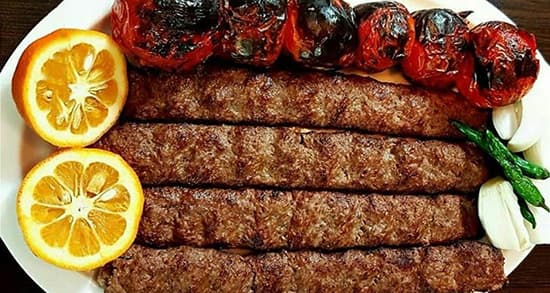
Boroujerd Koobideh Kabab is known for its exceptional flavor, made from a mixture of lamb shoulder, onion, salt, and pepper, renowned for its quality meat and the skill of Boroujerd’s kebab chefs.
Kermanshah Dandeh Kabab
Kermanshah Dandeh Kabab combines ribs and ground meat, grilled on skewers over charcoal. It uses three wide skewers simultaneously to prevent the ground meat from falling off.
Shishlik Shandiz
In the mountainous village of Shandiz near Mashhad, Shishlik is made from high-quality lamb ribs, giving it excellent taste and widespread fame.
Jam Kabab
Jam Kabab, a special rib kebab from Zahedan, is seasoned with Pakistani and Indian spices and grilled over coals.
Tanurche
Tanurche is a famous and delicious kebab from Sistan and Baluchestan, cooked in local homes using a tandoor. Large pieces of lamb are skewered on palm wood and cooked in the tandoor, with a bowl of water to keep the meat juicy.
In the second method, a small lamb is hollowed out and hung inside the tandoor to cook. Enjoying local cuisine is one of Chabahar’s travel attractions.
Caucasian Kabab
Caucasian Kabab, a delicious kebab from the Caucasus, uses a mix of beef tenderloin, chicken breast, onions, and bell peppers. The meat and chicken are marinated, skewered alternately with vegetables, and grilled.
Bakhtiari Kabab
Bakhtiari Kabab, a regional favorite from Chaharmahal and Bakhtiari, is popular nationwide. It combines lamb tenderloin and chicken breast, skewered alternately and marinated to be tender.
Torsh Kabab
Torsh Kabab, a famous Gilan kebab, is made from beef tenderloin marinated with grated onion, pomegranate paste, sour orange juice, fragrant herbs, and ground walnuts. It is served with Kateh rice.
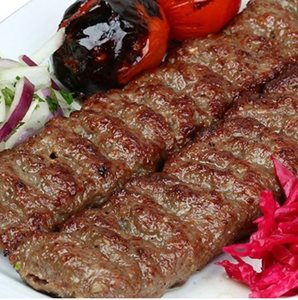
Meter Kabab
Meter Kabab or Kilogram Kebab is popular in Gilan, prepared and served in butcher-kebab shops. Customers choose the beef part they want, and the butcher cooks it with onion and dried fig powder. It is said to originate from Bandar Kiyashahr.
Greek Kabab of Gorgan
Greek Kabab, a very fatty and delicious kebab, can only be tasted in Gorgan. Inspired by the liver kebab, the minced meat is wrapped in fat layers, skewered, and grilled. Haj Ali’s Kebab House in Gorgan is known for introducing this kebab.
Uncle Farhad’s Kebab
Setting up a kebab grill is a beloved tradition at Iranian gatherings, especially outdoors. The aroma and taste of kebabs add warmth to parties. In every gathering, there is someone known for their excellent kebab-making skills, like Uncle Farhad, whose kebabs and friendship make gatherings complete.
Conclusion
This article introduced 14 of the most delicious Iranian kebabs. Each kebab’s flavor varies with the grazing conditions, livestock quality, and regional cooking spices, giving each kebab a unique aroma and taste.

